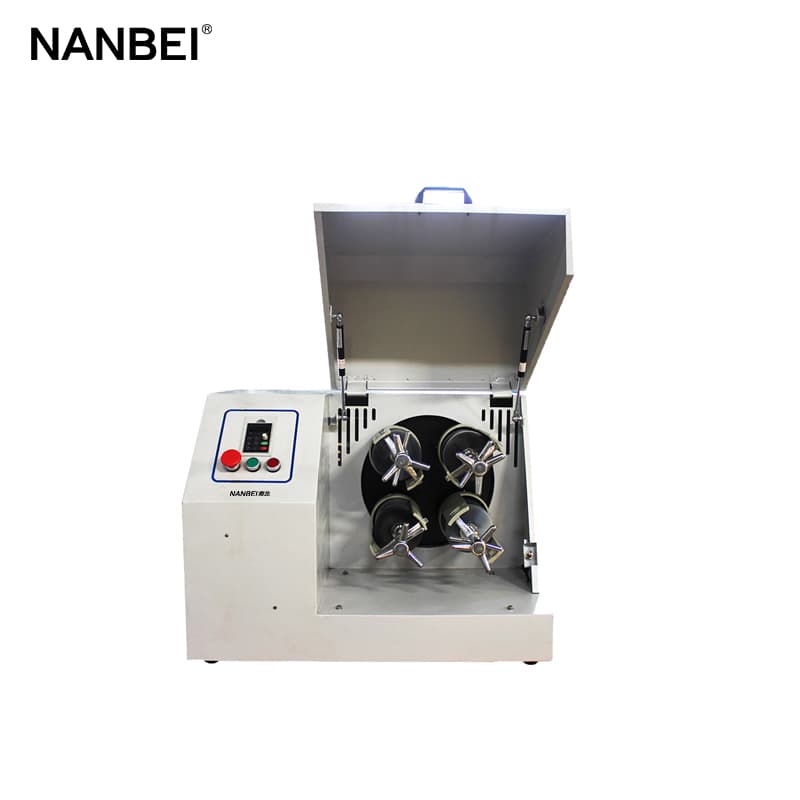
 Sep 26,2023
Sep 26,2023
When the planetary ball mill is used in the laboratory to grind certain fine powder samples or highly viscous materials, the phenomenon of the sample "sinking to the bottom" and "sticking to the jar" often occurs. In this case, how should we solve it?
Solutions to"sinking to the bottom" and "sticking to the jar" of lab planetary ball mill:
1. Scientifically select ball mill jar and grinding ball materials
When selecting a ball mill jar and grinding balls, you must fully consider whether its material will react physically and chemically with the sample, grinding aid solvent, etc. during grinding to prevent problems. In addition, the density of the grinding ball should be as large as possible than the sample.
2. Control the time and speed of the planetary ball mill
Each type of sample has its own reasonable grinding time, which can be observed and recorded through each grinding. In addition, the speed of the planetary ball mill also has an impact. Brittle materials are not easy to sink to the bottom under low-speed ball milling, while some materials are not easy to sink to the bottom under high-speed ball milling.

3. Powder or fine granular samples should be dried before grinding.
If powder or fine granular samples appear to be "moist", they need to be dried before grinding.
4. Use an all direction planetary ball mill or a shock ball mill
In order to deal with the problems that conventional planetary ball mills are prone to bottom-sinking and jar-sticking, the all-round planetary ball mill reduces the occurrence of these two phenomena.

 2020-Oct-29
2020-Oct-29

 2020-Oct-29
2020-Oct-29
